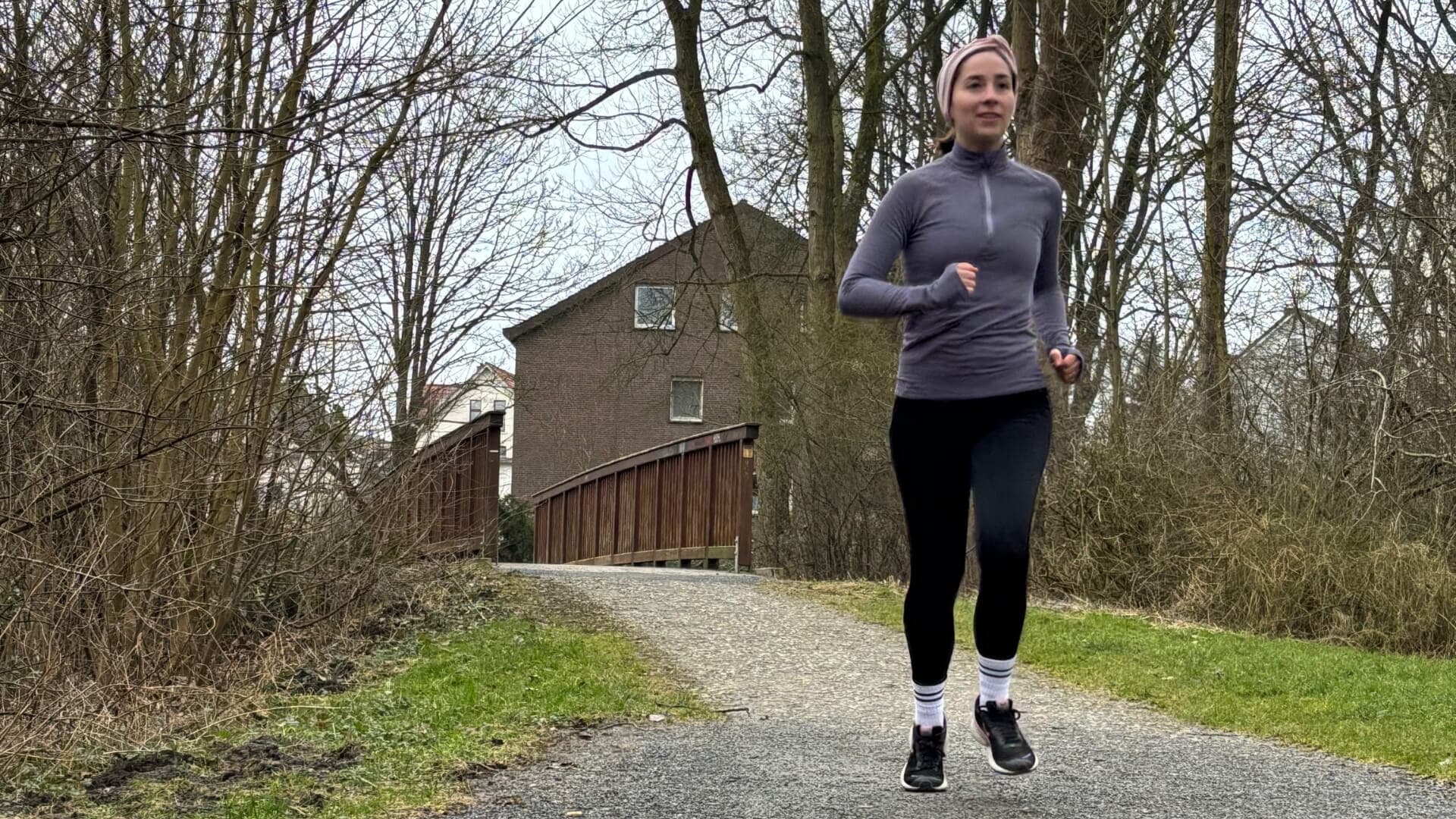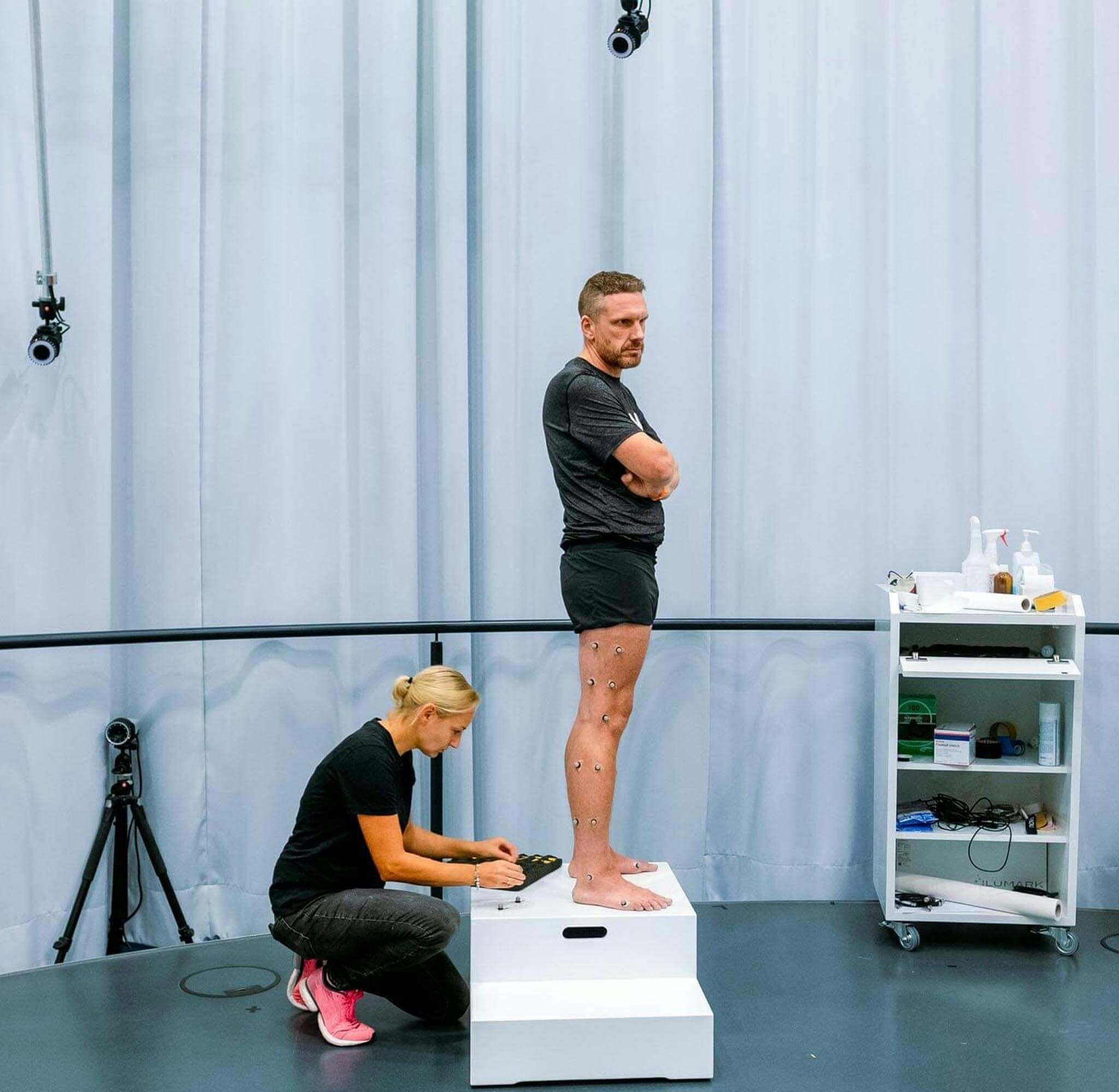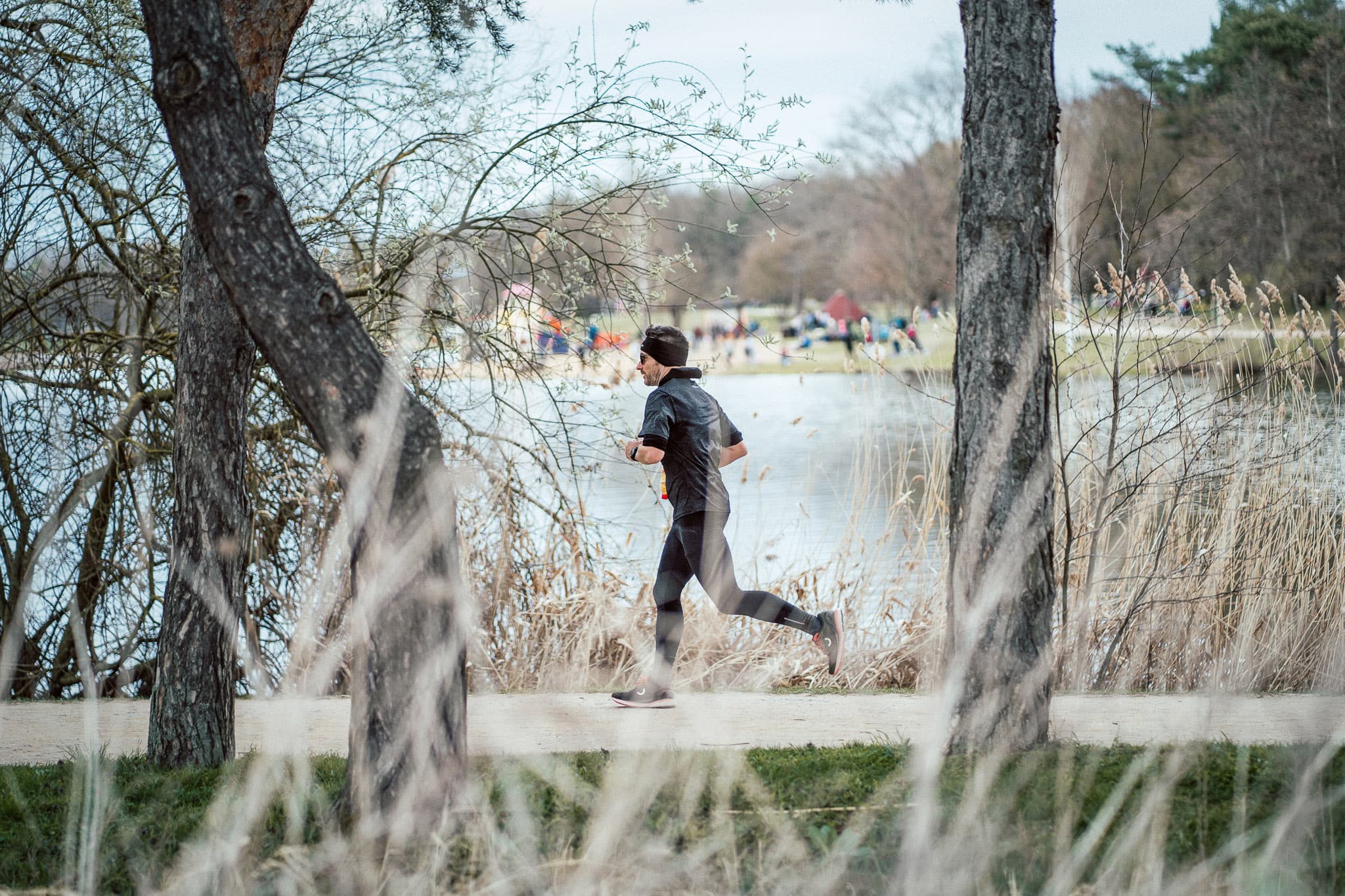
Setting Running Goals – Four Steps to Reaching Your Personal Goal
30th January 2022
Finally running for 30 minutes straight, completing your first marathon, setting a new personal best: when we run, we set ourselves a wide variety of goals. Most of the time, they motivate us. Sometimes, however, they make us despair. Because whether we actually reach our goal in the end depends not only on our individual abilities and experiences as runners. Often, other factors are crucial as well. David Harmer, running coach and Tech & Brand Representative at True Motion, has four tips to help us set the right goals for the new running season.
Content:
Determine how much time you have to pursue your running goals
Choose realistic yet challenging goals
Achieve new, different goals
Tell family and friends about your goals
Runners are constantly setting new goals for themselves. They dream of longer distances, better times, and unique competitions. That’s a good thing because as humans we are motivated by goals. Sometimes, however, it’s not that easy to find the right goal for us at the beginning of a new running season. There are several reasons for that, says David Harmer.
As a running coach, True Motion’s Tech & Brand Representative has coached professional runners for the past 14 years. “I love to help athletes achieve their goals and dreams,” he says. But specifying them is sometimes not so easy, he says.
“It’s not just important to know how I’m going to train for a particular goal,” David Harmer explains. “We should also be clear about which goal we can train for in the first place.” The expert offers four tips to ensure that we succeed next time.
Determine how much time you have to pursue your running goals
No matter which passion we pursue – how intensively we can pursue it always depends on our availability. Besides family, friends, and work, time is usually scarce. “Before we decide on a running goal, we should think about how much time we can invest,“ says David Harmer.
For example, if we train for our first 5-km run, we need little time in comparison. “To achieve a goal like that, even beginners often don’t need to incorporate more than two to three short runs per week into their training schedule,“ explains the running coach. Then we can run our first 5-km run after just a few weeks.

It’s a completely different story, however, if we want to master longer distances. Because we can’t just train for a marathon in passing. “If we want to run a marathon in the spring or fall, for example, we need to have significantly more time for training,“ says David Harmer. “If we haven’t already been in marathon preparation for some time, we’ll probably need twelve to sixteen weeks of intensive training with several runs a week.“ It also takes time, as well as money, to find the right running shoes and clothing as well as drinks and energy gels.
Choose realistic yet challenging goals
A good goal increases our motivation. It’s problematic, however, when high-flying dreams frustrate us or goals that are too easy to achieve bore us. “The goal should be challenging enough to get us out of bed for that early morning run on cold days – but at the same time, not so intimidating that we’d rather pull the covers over our heads,“ says David Harmer.
For us to reach our goal, it has to be realistic. Whether it is, however, is sometimes not so easy to assess. Running coach Harmer recommends, “If we think there’s a 50–50 chance of reaching the goal, then it’s the right one.“
Achieve new, different goals
Monotony quickly causes us to lose interest. This also applies to our hobbies. In the case of running, this means that a goal doesn’t always have to revolve around longer distances or longer runs. Instead, we can also train for competitions on different terrains, in a different environment, or in a different country, for example.
“A change of scenery like this is important,“ says David Harmer. “In this way, we not only see new places – but also set new incentives during training.“ The advantage is that we avoid monotony and get to know trail, mountain, or forest runs, for example. “So if we’ve always wanted to go to Madrid, we can combine a visit with a competition.“ That not only makes the trip special – but motivates us to stick to our goal.
FOR ALL WEATHER CONDITIONS:
DISCOVER THE U-TECH NEVOS ELEMENTS
The U-TECH Nevos Elements is a true rascal. Based on the U-TECH Nevos, the Nevos Elements is a variant that braves all weather conditions and the elements. In the U-TECH Nevos Elements you run like on a very comfortable and responsive trampoline and feel supported and centered at the same time when your foot sinks into the center of the U-shaped construction.
Tell family and friends about your goals
“The people we spend our time with have a significant influence on us and on achieving our goal,“ says expert Harmer. That’s precisely why it’s important to tell family and friends about our goals. That way, they can support us not only mentally but also physically.

“If we have a tough two-hour run ahead of us, a friend can accompany us on the bike, keep us company and hand us drinks,“ explains David Harmer. If the family knows about our goals, we can also plan dinners, for example, so that we still have time for a run afterwards.
If our legs ache after a workout, the people around us can take care of us. “We should never underestimate massages like that,“ says running coach Harmer, grinning. “But what’s even nicer is that we can share the success with our loved ones on race day. That’s what it’s all about in the end.“

NEVER RUN OUT OF
NEWS
Discover all True Motion stories – and be the first to hear about new products, promotions and events. Simply, center your run!

NEVER RUN OUT OF
NEWS
Discover all True Motion stories – and be the first to hear about new products, promotions and events. Simply, center your run!
READ THE NEWEST
U-RUN STORIES
Sabrina Mockenhaupt: This shoe got me running again
2025-10-31

Sabrina Mockenhaupt has achieved everything that many runners dream of. Running was and is her life, until the pain eventually became too much. Today, she is running pain-free again – this is her story.
Laura Schmidt: I have rediscovered running for myself
2025-03-07

My name is Laura. I started running eight years ago – to clear my head after work. But knee pain kept me from being able to run regularly. A new pair of running shoes was finally the solution. Today I run pain-free. This is my true runner story.
READ THE NEWEST
U-RUN STORIES
Sabrina Mockenhaupt: This shoe got me running again
2025-10-31

Sabrina Mockenhaupt has achieved everything that many runners dream of. Running was and is her life, until the pain eventually became too much. Today, she is running pain-free again – this is her story.
Laura Schmidt: I have rediscovered running for myself
2025-03-07

My name is Laura. I started running eight years ago – to clear my head after work. But knee pain kept me from being able to run regularly. A new pair of running shoes was finally the solution. Today I run pain-free. This is my true runner story.
RECOMMENDED BY








RECOMMENDED BY








GET 10 % OFF YOUR FIRST ORDER!
Get your personal running updates with exclusive discounts, product news, training plans and tips for healthy running - straight to your inbox. 10% discount on your next order.
SERVICE
ABOUT US
© 2025 True Motion Running GmbH











